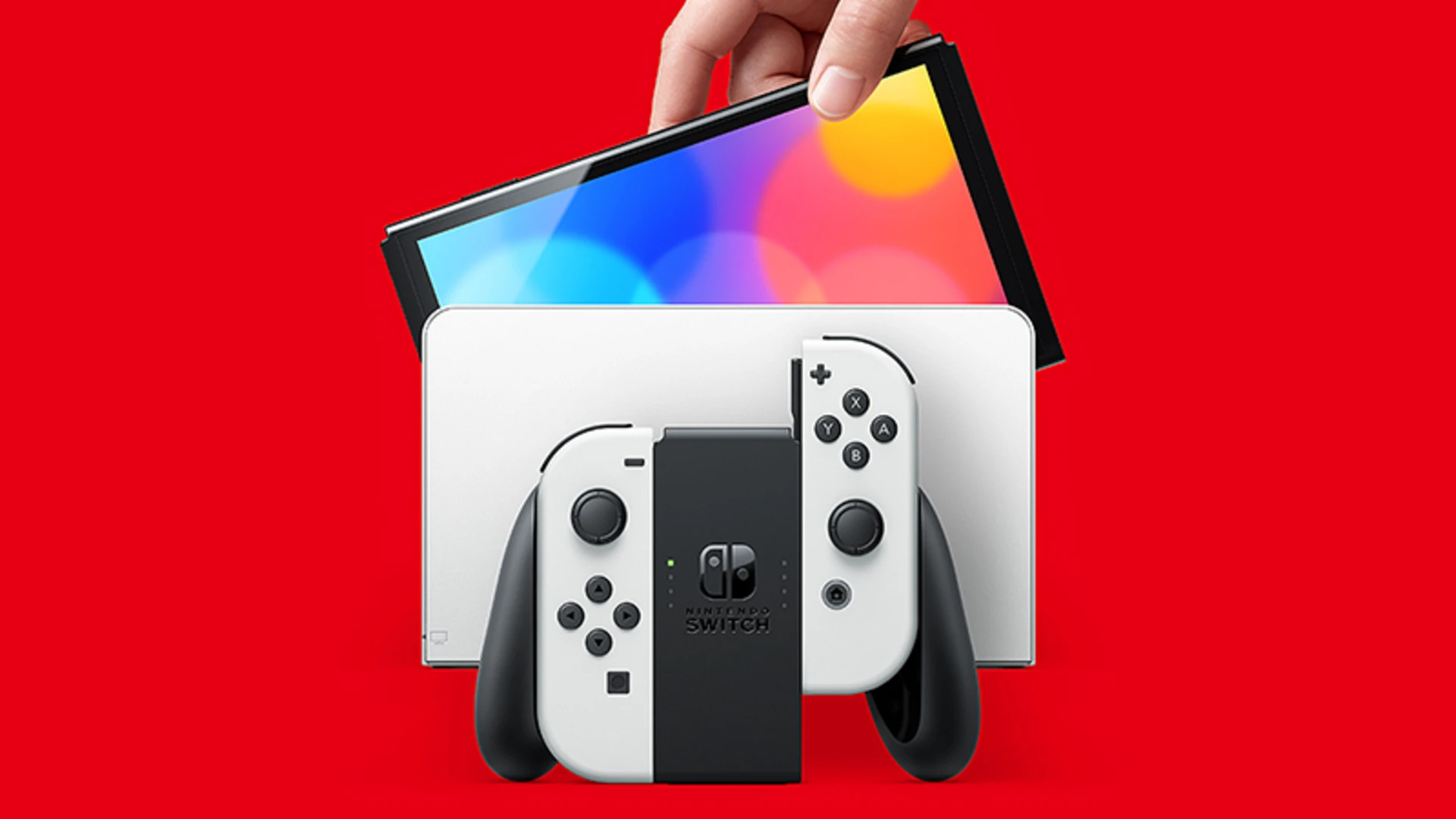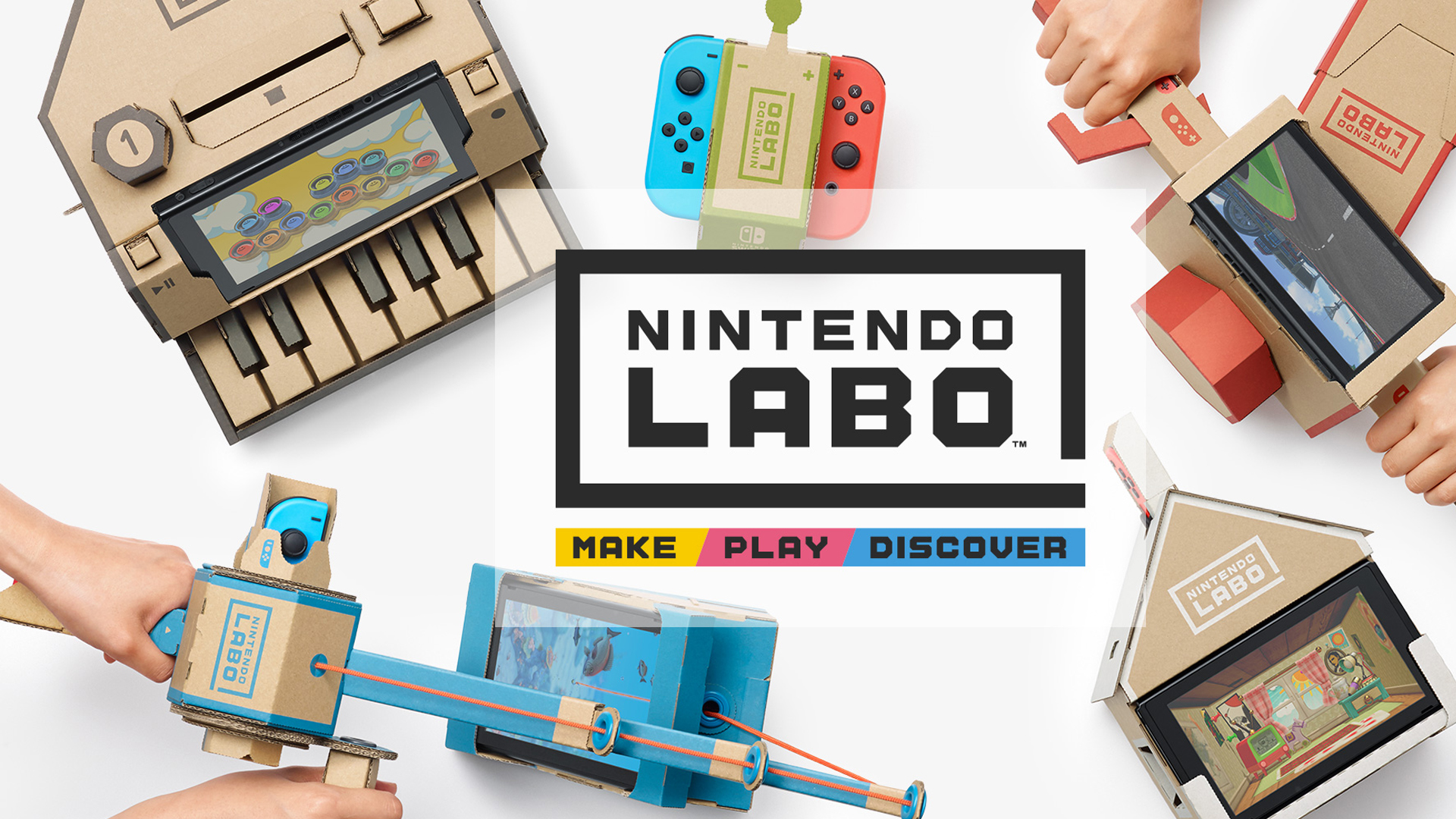Nintendo Switch OLED: price, release date, specs, pre-orders, and more
Everything we know about the upcoming Nintendo Switch OLED revision

The new Nintendo Switch OLED will launch in just over a week, and it's ready to make your Nintendo Switch games collection look better than it ever has before. As you might have guessed from the name, the real headline for the new hardware is the larger, better 7-inch OLED screen, which replaces the old 6.2-inch LCD panel on the OG Nintendo Switch, and the 5.5-inch LCD screen on the Nintendo Switch Lite.
If you haven't already you can pre-order today, just to make sure you're first in line for the new Nintendo Switch OLED. While we're hoping for it won't be as stressful as hunting down Xbox Series X restocks or PS5 restocks, it's the only way to guarantee you get to play Metroid Dread on the OLED screen it really needs to shine. The most likely retailers to have pre-orders open:
- Pre-order Nintendo Switch OLED US: Amazon | Best Buy | Walmart | Gamestop
- Pre-order Nintendo Switch OLED UK: Amazon | Game | Argos | Very
Be sure to check out our guide on the latest Nintendo Switch OLED pre-orders for the latest on the stock situation near you. The initial batch sold out pretty fast, but we expect many more to appear soon.
It's not quite the fabled Nintendo Switch Pro that was rumored for what felt like years; the resolution has not changed, it still stands at 1280 x 720 as with the first edition of the console. This is still technically HD, but for anyone expecting Full HD (1080p) or 4K, it's possible that this revision is likely to feel a little underwhelming in that regard.
Nintendo Switch OLED: price and release date
Nintendo Switch OLED will be available worldwide on October 8 2021. It will retail upon release for $349.99/£309 - which is a touch more expensive than the standard Nintendo Switch at $299.99/£279.99 - and significantly pricier than the $199.99/£199.99 handheld-only Nintendo Switch Lite model.
Nintendo Switch OLED: screen
As the name would imply, the OLED screen is the star of the show with this new version of the Nintendo Switch. The biggest difference between LCD and OLED is that the former relies on a backlight to illuminate the screen whereas the latter utilizes organic pixels which generate their own light for more vivid colors and a deeper contrast at the cost of a picture that's slightly less bright.
Of course, the Nintendo Switch OLED isn't the first handheld system to use such a display-type. It was found on the original version of the PS Vita all the way back in 2011, and - if you've used the system - you'll note that this decision made for games looking significantly better than they would have on LCD; especially when indoors.
Sign up to the GamesRadar+ Newsletter
Weekly digests, tales from the communities you love, and more
Nintendo Switch OLED: other new features
More focus has been spent on improving the handheld's stereo sound quality, but the majority of the new features, screen aside, are relegated to the dock itself. For a start, there's now a LAN-port built into the dock directly - eliminating the need for an adapter - something that's essential for twitch-based online games such as Super Smash Bros. Ultimate, Splatoon 2 and Arms.
The amount of internal storage has been doubled over its predecessor with 64GB. This is still far from the amount needed to download several weighty titles from the Nintendo eShop, but it's definitely less limiting on the whole. What's more, the kickstand is now much wider and has a little more flex in its step, able to recline to a few new angles to make table-top play more enjoyable with better viewing angles.
It's purely cosmetic, though the white finish on the Nintendo Switch OLED should be mentioned - the Joy-Cons and the dock - it looks neat in our eyes, though the Nintendo Switch OLED is also available in the more traditional neon colour scheme, too.
Nintendo Switch OLED: specs
- Size: 4-inch (H) x 9.5-inch (L) x 0.55-inch deep
- Weight: 322g / 0.71lbs (console only); 421g / 0.93lbs (Joy-Cons attached)
- Screen: 7-inch 1280 x 720p OLED multi-touch capacitive touch screen
- CPU/GPU: Custom Nvidia Tegra processor
- Storage: 64GB (expandable up to 2TB Micro SD)
- Wireless: Wi-Fi (IEEE 802.11 a/b/g/n/ac compliant) / Bluetooth 4.1
- Video output: Up to 1080p (TV mode); Up to 720p (handheld)
- USB connection: USB-C
- Micro SD slot: Compatible with microSD, microSDHC, and microSDXC
- Battery life: 4.5-9 hours (depending on game intensity)
- Charging time: approximately 3 hours
Nintendo Switch OLED: Why now?
The Nintendo Switch OLED is a new hardware revision in the console generation, which is something that the company has been doing with its hardware (primarily on the handheld side) for decades. Take a look at the Nintendo 3DS line, for instance, which saw four major revisions in its 7-year lifespan: Nintendo 3DS XL, Nintendo 2DS, New Nintendo 3DS (and XL) and New Nintendo 2DS XL.
Given that the Nintendo Switch is a handheld/home console hybrid, that same approach to revising hardware can, and is, being taken. It wouldn't be the first time that Nintendo has made changes to its consoles later in life; the Nintendo Wii featured subtle redesigns towards the end of the 7th generation with the Wii Mini, a landscape-orientated smaller version of the system without internet, USB or LAN support targeted towards children and families.

Nintendo Switch OLED: What about Labo support?
Nintendo itself has stated that the Nintendo Switch OLED will 'not cleanly fit' within some of the Labo design cardboard modules, even if the game support is otherwise unchanged. We can take this to understand that the new console isn't going to be compatible with many, if any, Labo kits - such as the robot and vehicle sets. It also essentially rules out Labo VR would work with the Nintendo Switch OLED as it has a 7-inch screen (as opposed to the original's 6.2-inch panel).
Now that you're armed with everything there is to know about the upcoming Nintendo Switch OLED, ensure you've got the best Nintendo Switch accessories and one of the best Nintendo Switch headsets so you can make the most of that shiny new handheld/home console hybrid.

Aleksha McLoughlin served as the Hardware Editor for GamesRadar from June 2021 until August 2022. Her main area of expertise was the PC gaming platform, which comprised buying guides, features, reviews, and news coverage on components and prebuilt machines. She was also responsible for gaming chairs and storage. She now works on a freelance basis while studying to become a university lecturer specializing in English for foreign territories. Prior to joining GamesRadar, she wrote for the likes of Expert Reviews, The Rory Peck Trust, No Clean Singing, Vinyl Chapters, and Tech Spark while also working with the BBC.


